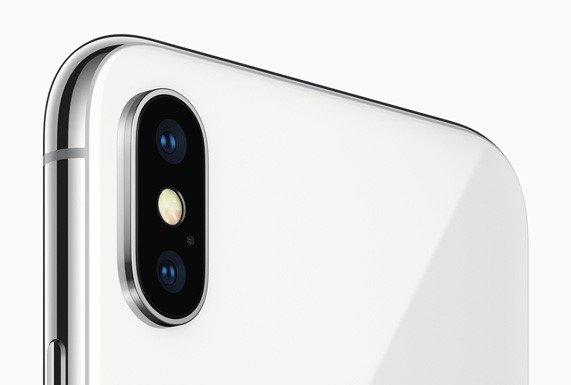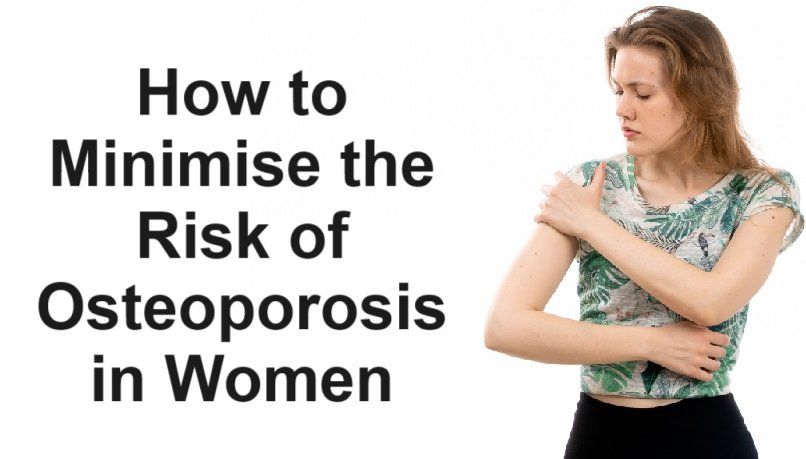Osteoporosis technically means porous bones—bones with holes. This condition makes your bones lose their strength, vitality, and resilience. This condition occurs when your body discards more bone tissue than it can produce.
Females are at high risk of getting osteoporosis after a certain age. If you want to know more about it with preventative measures, continue to read this article till the end.
Why are women at a higher risk of osteoporosis?
Women are always at a higher risk of developing weak bones with age because of the following factors.
Menopause: After menopause, strong hormonal changes occur that lead to a decrease in bone density. It is not found in men. Menopause is the age after which periods in a female don’t occur.
Eating disorders: If you are a female, you are more prone to eating disorders like anorexia. You might be eating less on purpose to be at the desired level of slimness. Thus, not taking enough calcium and protein will affect your bone mass after skeletal maturation.
Hysterectomy: This is a surgical procedure meant for the removal of the uterus and cervix. This puts a female at higher risk of osteoporosis than men because this surgery follows hormonal changes, especially oestrogen; the low level of this sex hormone is often associated with low bone density.
Amenorrhoea: If you do too much exercise or dieting to stay slim and slender, you might have to suffer from period absences lowering sex hormones and encouraging the condition of osteoporosis.
Sexual Dimorphism: By nature, women have a somewhat less strong and thick skeletal system along with other differences than men.
However, if you want to meet a well-qualified doctor to know more about this subject, refer to the following link: top orthopedic doctor in west Delhi.
Tips to minimise non-genetic osteoporosis in women after peak bone mass
Sometimes, you cannot do much to treat the condition of osteoporosis medically when it is caused by genetics or other factors like menopause or period absences.
However, non-genetic osteoporosis can be prevented with the help of certain precautions as explained below, irrespective of men and women.
If you are a young woman in your 20s, consider the following advisory to reduce the risk of osteoporosis later in life.
Pay attention to calcium. To prevent osteoporosis in late adulthood and old age, take enough calcium before your early 20s. As most women age and transition to their late 20s, they reach bone maturity—a biological phenomenon known as skeletal maturation.
By this maturation, a woman has reached the peak bone mass, the maximum bone mass throughout the body; Beyond this bone maturity, you cannot affect the mass or strength of bones and joints no matter how much calcium you take.
Thus, it is important to ensure early calcium consumption in the recommended quantity. The dietary recommendation for 19-50 years of females is 1,000 mg. Good sources of calcium are dark green leafy vegetables, low-fat dairy, sardines, salmon with bones, and low-fat dairy.
If you are someone who cannot eat dairy products because of lactose intolerance, meet your calcium requirements with supplements or non-dairy sources of calcium like vegetables, fish, and fortified drinks.
Ensure sufficient vitamin D. This is the most essential vitamin when we talk about bone health and fighting the risk of osteoporosis.
This is so because the lack of this essential nutrient can cause calcium deficiency even if you are taking enough calcium; vitamin D is linked to facilitating the assimilation of calcium within your body.
Thus, even if you take a lot of calcium before your bone peak mass occurs, it will not make your bones strong and resilient if you lack vitamin D.
For this nutrient, sunlight is the best source as your body engages in the process of synthesising vitamin D as soon as the sunshine hits the skin. This is a natural process known as cutaneous synthesis or dermal synthesis.
In addition to sunlight, cereal, organ juice, yoghurt, fatty fish, egg yolks, cheese, and mushrooms are great sources. Supplements are a good option as well.
Furthermore, you can also include cod liver oil, trout, and salmon in your diet.
Speaking of quantity-related recommendations, 600 international units (IU) is enough for a female in her 20s on a regular basis.
Exercise daily. Workout helps build bones stronger and more resilient.
This happens because exercise, especially strength training, overloads your skeletal system and the same undergoes wear and tear signalling your body to make bones and joints stronger and abler to withstand the strain in future without breaking down or sustaining the same amount of wear and tear as during the first training session.
Although you must always exercise under the supervision of a certified trainer, here are some of the low and high-impact exercises along with some muscle-strengthening workouts.
- Jogging
- Hiking
- Aerobics
- Dancing
- Fast walking
- Using elastic exercise bands
- Low impact aerobics
- Weightlifting
- Using weight machines
Make sure you don’t overdo exercise as the excess of everything is bad.
Consume enough protein. Always ensure that your body has the recommended level of muscle mass if you want to protect your bones and help them flourish. You can eat foods like poultry, fish, low-fat dairy, legumes, soy products, grains, nuts, and seeds.
Avoid alcohol consumption and smoking. It is because these psychoactive substances affect your body’s capacity to absorb calcium effectively.
When you drink too much, it even interferes with the ability to initiate the process of cutaneous synthesis—your body’s biological ability to produce vitamin D when the sunlight hits it.
Conclusion
Many people who are suffering from a condition where bones and joints are extremely osteoporotic might require replacement surgeries. In that case, ensure you get your surgery done by the best specialist.
For the best treatments, you can visit the following link: hip replacement surgery in Delhi.
Internal link – opticalsworld









